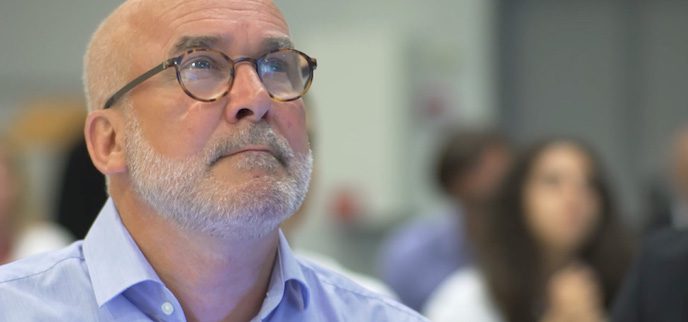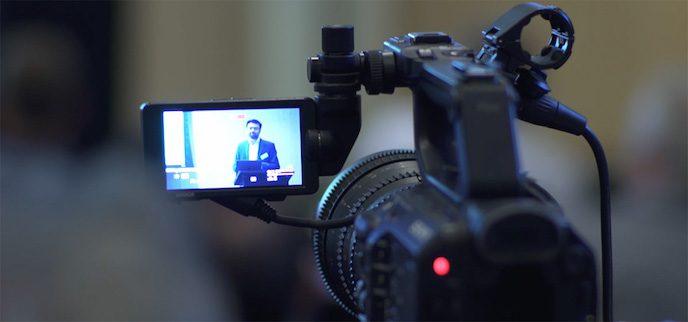

In a foot race, or a bike race, you might have good legs one day, and bad the next. If you can learn lessons from both, you can adapt training schedules, nutrition and so-on, in order to build a platform to produce winning performances. It’s about connecting inputs with outcomes so that even if you don’t come out on top every single time, you go to the start line with the expectation of success.
It was with exactly the same expectation of success that the McKinsey Trackunit Predict Summit was conceived. Although digitalization of the construction industry is still very much in its infancy, the event agenda was put together comprising real experiences and learnings which have been gleaned as manufacturers, rental companies and end-users have embarked on their journeys.

While celebrating these case studies, we also wanted to look at the underlying factors which helped deliver success. Business consultants and trade bodies spoke enthusiastically about prevailing economic conditions which are continuing to make the construction industry a magnet for capital investments to fund both residential and non-residential development. People need buildings in which to live, work and enjoy themselves.
Perhaps more interestingly, in recent years there has been a flood of venture capital to finance construction technology. I would suggest that this is the result of an awakening. Market movers and shakers have become aware that construction can no longer afford the level of inefficiency with which it has operated for years. The situation is out of sync with the modern age. Budget and schedule overruns are no longer tolerable if construction is to advance sustainably.

With this raised interest in technology, we also wanted to use the Summit as an opportunity to examine the best practices which are driving both the innovation process, and its implementation. From breaking down barriers and substituting Open Innovation for siloed thinking, to collaborating in beneficial ecosystems, there has been an epiphany about the link between the free movement of ideas, information and data, and accelerated development. There is a connectedness in all this which is pervasive. The history of innovation in the US during the last years of the 21st Century reveals an interesting difference between the Eastern and Western seaboards. The former locked-in employees in an attempt to prevent IP drifting into the wrong hands. The latter had no such addiction to non-competes and restrictive covenants. Talent was able to move without hindrance from start-up to start-up. Today, there is no Silicon Valley equivalent in the East of the US.

An organization’s ability to learn, and translate that learning into action rapidly, is the ultimate competitive advantage.
An organization’s ability to learn, and translate that learning into action rapidly, is the ultimate competitive advantage.
Jack Welch
Over the coming weeks, Trackunit will be using this blog to share digitalization perspectives from United Rentals, Wacker Neuson and McKinsey. Whether you have not yet started your own digitalization journey, or are already en route, I’m sure you’ll find something compelling in these posts.
I started this blog with a sporting analogy. No one competes, on the track or in business, to come last. Becoming a consistent winner means continually evaluating performance and looking for the opportunity to advance. Often this means minor enhancements sometimes it means a major step forward. Digitalization is not just a step, it’s a much needed leap. Towards the end of June, Trackunit is arranging a major webcast to share outcomes from the McKinsey Trackunit Predict Summit 2018. Stay tuned.
So bleiben Sie immer auf dem Laufenden. Wir senden Ihnen eine E-Mail, wenn neue Artikel zum Thema Telematik veröffentlicht werden.